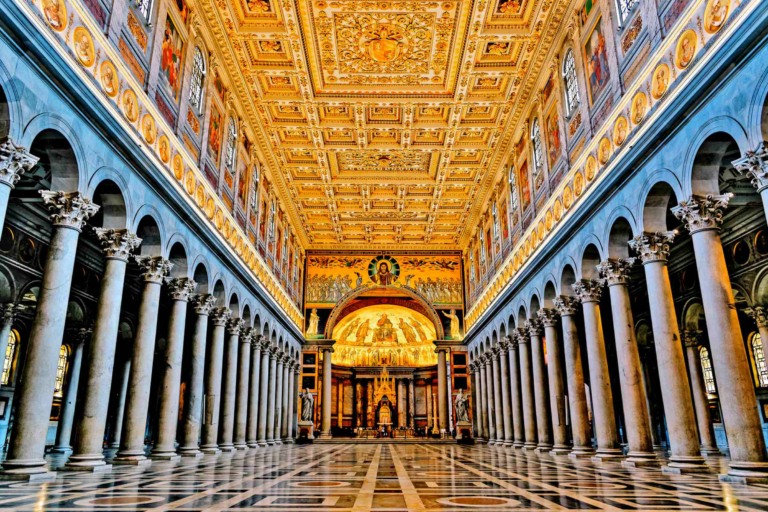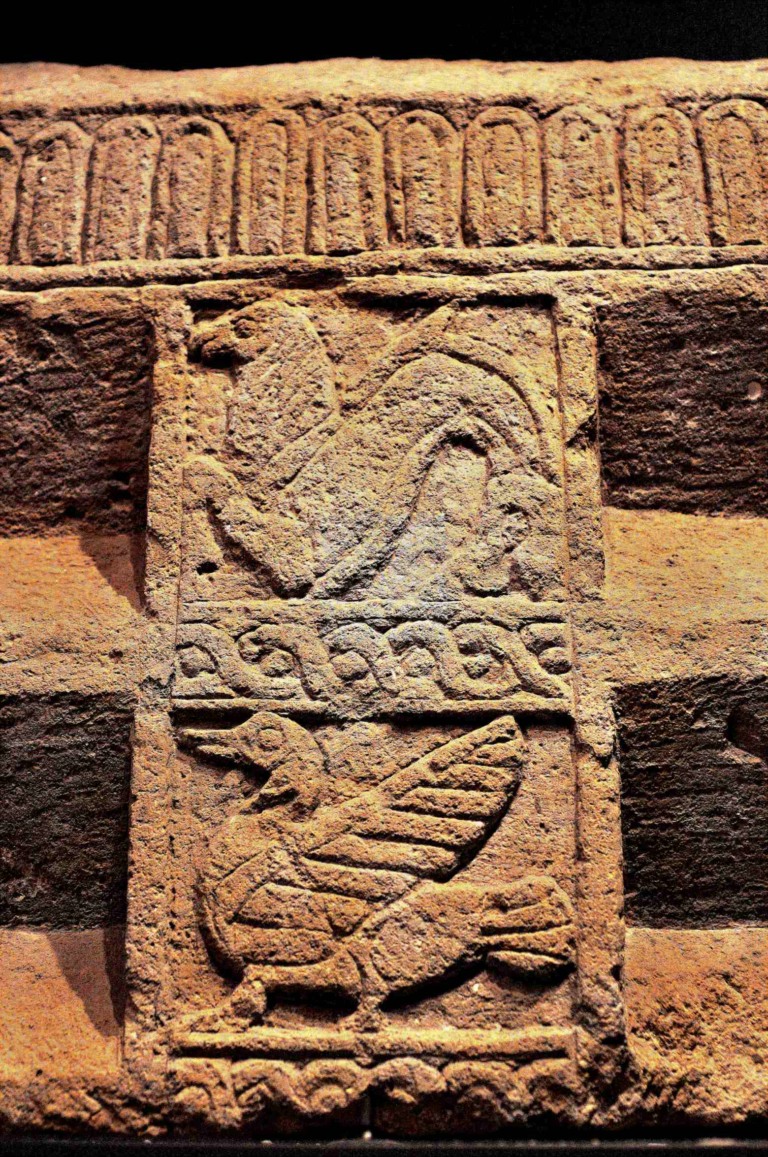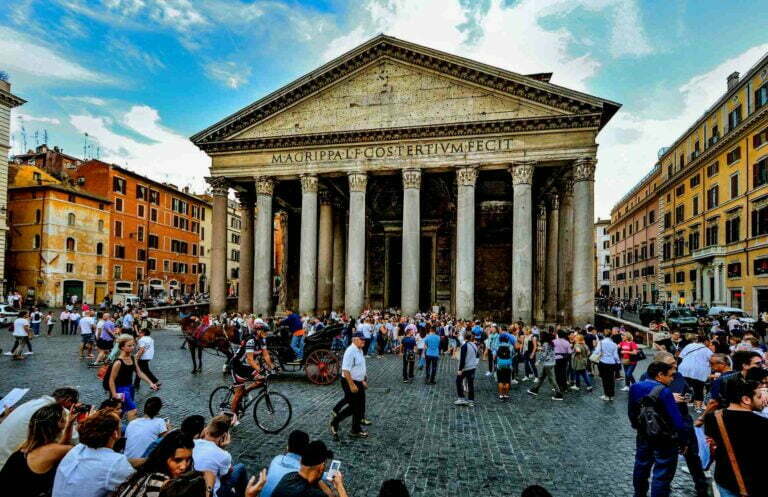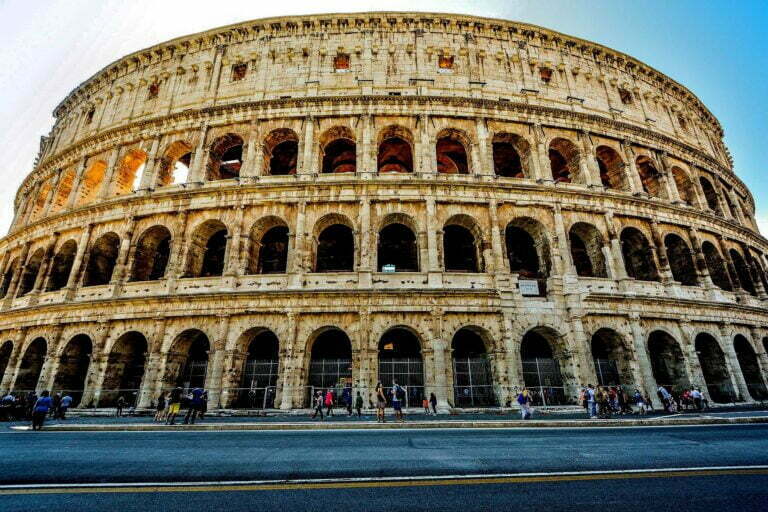The history of Vatican City is a long and complex one, closely intertwined with the history of the Roman Catholic Church and the city of Rome itself. Here’s a detailed overview of the history of Vatican City:
The History of Vatican City
1. Early History: The Vatican area was originally a marshy plain on the west bank of the Tiber River, just outside ancient Rome. In the 1st century AD, a Christian cemetery was established on Vatican Hill, traditionally believed to be the burial place of Saint Peter, one of Jesus Christ’s apostles.
2. Construction of Old St. Peter’s Basilica: In the 4th century AD, Emperor Constantine legalized Christianity and initiated the construction of the first St. Peter’s Basilica over the supposed tomb of Saint Peter. The basilica became a major pilgrimage site for early Christians.
3. Papal States: Over the centuries, the Papal States emerged as a collection of territories in central Italy ruled by the Pope. These territories included Rome and the Vatican, making the Pope both the spiritual leader of the Catholic Church and a secular ruler.
4. Donation of Pepin: In 756, Pepin the Short, King of the Franks, granted the Papal States to Pope Stephen II, solidifying the temporal power of the Pope.
5. Lateran Treaty and Creation of Vatican City: In 1870, Italian unification led to the capture of Rome by Italian forces. The Papal States were reduced to the city of Rome and its surroundings. For decades, the Pope refused to acknowledge the Kingdom of Italy’s authority over Rome, leading to a period of conflict between the Italian government and the papacy.
6. Vatican City Founded: In 1929, the Lateran Treaty was signed, establishing Vatican City as an independent city-state under papal sovereignty. It also recognized the Vatican as an independent state within Rome. Vatican City was formally established as a sovereign state on February 11, 1929.
7. World War II and Later Developments: During World War II, Vatican City remained neutral and provided refuge for Jews and other persecuted groups. In the post-war period, Vatican City played a role in the reconstruction of Europe and in promoting peace and human rights.
8. Popes of Vatican City: Vatican City has been the residence of the Pope, the head of the Roman Catholic Church, since its establishment as an independent state. Notable popes who have lived in Vatican City include Pope John XXIII, who convened the Second Vatican Council, and Pope John Paul II, who served for over 26 years.
9. Cultural and Religious Significance: Vatican City is home to numerous cultural and religious treasures, including St. Peter’s Basilica, the Sistine Chapel with Michelangelo’s famous frescoes, and the Vatican Museums. It is also the spiritual and administrative center of the Catholic Church and the location of important religious ceremonies and gatherings, such as the election of popes.
Vatican City remains one of the world’s smallest independent states, both in terms of land area and population, but it holds immense religious, cultural, and historical significance as the heart of the Roman Catholic Church and a symbol of the papal presence for centuries.
What is the Vatican?
10. Location: Vatican City, officially known as the Vatican City State, is a sovereign city-state enclave within the city of Rome, Italy. It is the spiritual and administrative center of the Roman Catholic Church and serves as the residence of the Pope, the leader of the Catholic Church.
11. Ancient Rome and the Vatican’s Early History: The area where Vatican City now stands was once part of ancient Rome. It was known as “Vatican Hill” and was originally a cemetery. In AD 64, during the reign of Emperor Nero, the area witnessed the martyrdom of St. Peter, one of the twelve apostles of Jesus and regarded as the first Pope.
Tradition holds that he was crucified upside down at his own request. Over the centuries, early Christian communities established churches and cemeteries in the Vatican area. The construction of the original St. Peter’s Basilica began in the 4th century, commissioned by Emperor Constantine.
12. Papal States and Renaissance: The Papal States were established in the 8th century, and the Vatican became an integral part of the Papal States, which were ruled by the Pope. This continued for over a thousand years.
During the Renaissance, the Vatican became a center of art, culture, and scholarship. Popes commissioned renowned artists such as Michelangelo, Raphael, and Bernini to create masterpieces within the Vatican.
13. Unification of Italy: In the 19th century, the process of Italian unification (Risorgimento) led to the annexation of the Papal States by the Kingdom of Italy. Pope Pius IX (1846–1878) became a self-imposed prisoner within the Vatican, refusing to recognize the legitimacy of the new Italian state.
The “Roman Question” was a diplomatic dispute between the Vatican and the Italian government over the status of the Pope and the Vatican’s territorial sovereignty. It was resolved in 1929 with the Lateran Treaty (Lateran Concordat), which recognized the Vatican City as an independent city-state under papal sovereignty.
14. Creation of Vatican City: The Lateran Treaty, signed on February 11, 1929, established Vatican City as an independent state with a tiny area of 44 hectares (110 acres). Vatican City was recognized as the sovereign territory of the Holy See (the central governing body of the Catholic Church), with the Pope as its monarch.
The Pope is also the spiritual leader of the world’s Catholics. The Lateran Treaty also regulated the relationship between the Vatican and Italy, providing financial compensation to the Holy See for the loss of the Papal States.
15. Later Developments: In the years following its establishment, Vatican City focused on becoming a center for diplomacy, hosting embassies and international missions. In 1984, a revised concordat was signed between the Holy See and Italy, known as the Concordat of 1984, which further defined the relationship between the Vatican and the Italian government.
Vatican City, with its historical and cultural significance, is a UNESCO World Heritage Site and attracts millions of visitors from around the world annually. Today, Vatican City remains a unique entity, combining its religious and spiritual significance with its status as the world’s smallest independent state. It is not only the spiritual heart of the Catholic Church but also a center for art, culture, and international diplomacy.




